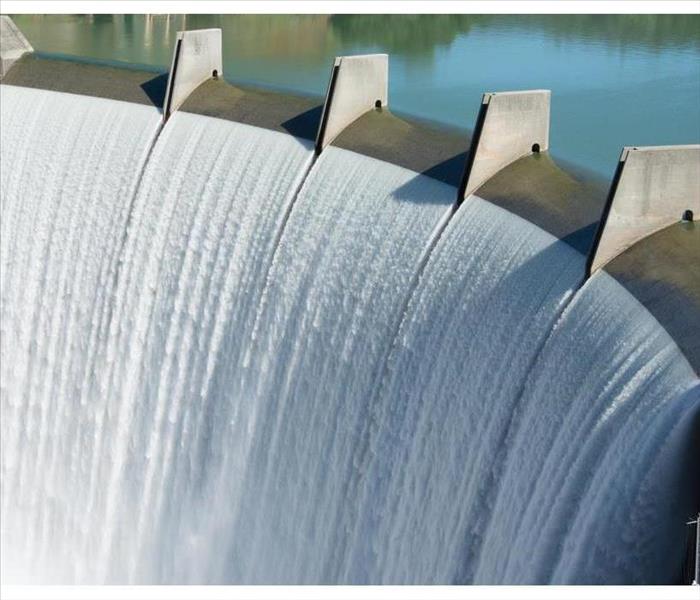4 Ways To Prevent Flooding in Towns
11/12/2020 (Permalink)
Here Are Four Methods For Preventing Town Floods
Spring showers and summer rains are great for gardens and lakes, but it is possible to have too much of a good thing in Dunlap, PA. Excess rain without flood prevention measures can lead to disaster and damage in any town and its buildings. Proper planning can prevent town flooding when gentle rains turn into heavy storms, causing flash flooding and storm surges.
1. Builder Permits and Town Planning
Towns should require builders to acquire a permit prior to beginning any new construction. This will avert buildings in areas that are prone to flooding. It will also ensure that waterways remain clear and unobstructed. Towns should keep drainage systems covered and free of litter and debris to keep water flowing properly and prevent blockages. Enlisting the help of commercial flood and storm cleanup services can also help with quick recovery should major flooding occur.
2. Green Space and Vegetation
Plants, such as trees, grass and bushes, can prevent water buildup by soaking up rain and breaking up the heavy flow of floodwaters, particularly in low-lying areas. Since concrete surfaces and sidewalks cannot absorb water, adding parks and open fields will assist with flood prevention by controlling water runoff.
3. Physical Barriers
In some cases, retaining walls are necessary. Dams, levees, and reservoirs hold overflowing water during floods. Tide gates and sandbags are also barriers that can be used to ward off surges and tidal waves.
4. Submersible Pumps
These pumps only require electricity to operate, and the payoff can be substantial. They work by pumping water out of flooded areas and displacing it into lakes, rivers, and floodplains. Removing the excess water is a crucial step to mitigate damage during flood cleaning.
Heavy storms and rising tides are inevitable, but proper flood prevention planning can substantially minimize the impact when these events occur. Taking the time to prepare can greatly reduce the amount of damage and disaster that occurs.






 24/7 Emergency Service
24/7 Emergency Service
